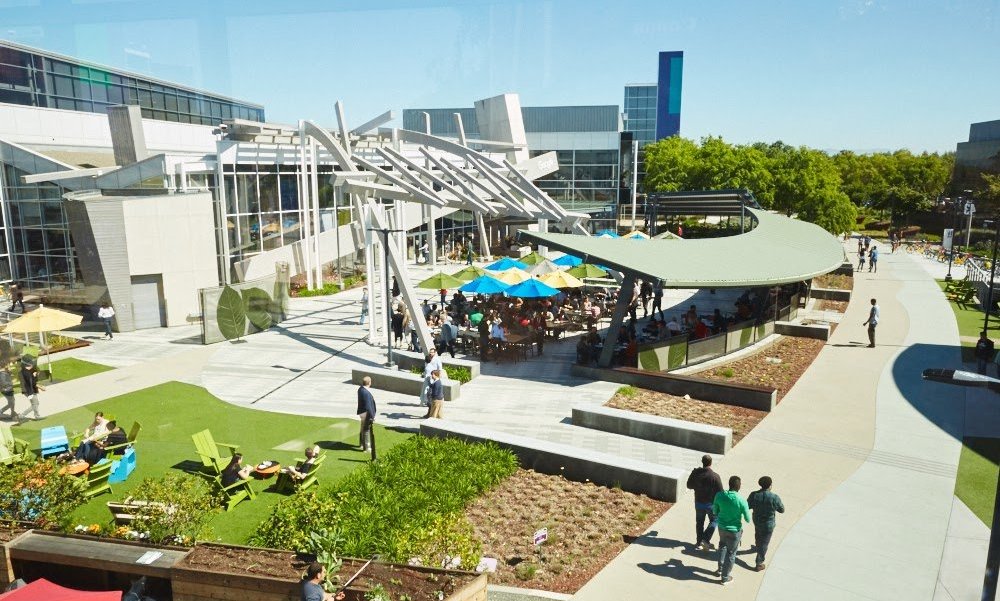Member Insights
Ahead of TM Forum's autonomous networks executive workshop, Google Cloud spells out the roles of digital twin, Graph AI, and agentic workflows in achieving Level 5 network autonomy.

Google Cloud collaborates with the TM Forum community on building true network autonomy
The telecommunications industry has long pursued the promise of autonomous network operations, viewing it as the inevitable evolution of connectivity. While significant strides have been made in automation, this is merely the first chapter. Communications service providers (CSPs) now face a critical inflection point: the leap from mechanistic, task-level automation to holistic, intent-driven autonomy. The challenge is no longer just how to automate a single function, but how to build a unified, self-governing system that can observe, orient, decide, and act—the complete OODA loop—in real-time and without human intervention, aligning with TM Forum’s vision for Level 5 network autonomy. This transformation is essential to manage the exploding complexity of 5G Standalone (SA) slicing, cloud-native infrastructure, and emerging AI-driven service demands, which are rapidly exceeding the capacity of traditional operating models.
Such a transformative change requires the industry to work together, collectively charting the path: identifying how to foster trust in network agentic architectures, get started with ‘no regrets’ moves and high-value scenarios. The foundational work driven by the TM Forum's Autonomous Networks (AN) Project is critical to unlock necessary interoperability and governance. Building on Google Cloud’s announcement of the Autonomous Network Operations Framework during DTW last June, we're working on the TM Forum AN member project to help set the standards around those concepts with participation members like Telefonica, Orange, Vodafone, Telenor, BT, Ericsson, Nokia and many more.
The architecture of true autonomy: Digital twins and Graph AI
We see that to reach the high-value levels of Level 4 (Closed-Loop) and Level 5 (Full Autonomy), demands a cognitive architecture that can mirror and reason over the entire network ecosystem. This begins with the creation of a digital twin: a living, high-fidelity virtual representation of the network’s physical and logical state, service configurations, and real-time performance. This twin forms the foundation for advanced decision-making, enabling the system to model "what-if" scenarios and validate changes before deployment.
However, the sheer volume of raw network data is overwhelming. This is where Graph AI becomes the essential analytical engine. By modeling the complex interdependencies between network elements, services, and customers as a graph—where nodes are entities and edges are relationships—Graph AI can efficiently perform sophisticated tasks beyond the capabilities of linear models. This advanced reasoning is critical for anomaly detection, precisely pinpointing subtle deviations that signal impending problems, and for accelerated root cause analysis (RCA), tracing the chain of causality across different network domains in milliseconds.
Agentic workflows: The path to self-healing and remediation
Once the digital twin provides a holistic view and Graph AI identifies the problem and its cause, the system must act intelligently to remediate the issue. This is powered by agentic workflows. Unlike simple scripts, autonomous agents are goal-oriented, continuously learning, and capable of chained decision-making.
These agents are designed to execute complex remediation actions based on a high-level intent, autonomously iterating until the network state matches the desired outcome. For example, if a specific service slice degrades, an agent can observe the degradation via the digital twin, use Graph AI to determine the root cause (e.g., a BGP misconfiguration linked to a specific pod), and then launch a series of micro-actions—such as rollback, resource re-allocation, or traffic re-routing—without requiring human intervention. The true achievement of autonomous network operations is realized when these agents can operate across the entire OSS/BSS domain, turning foresight into automatic, closed-loop action.
The journey to Level 5 autonomy is not a single product deployment but an evolutionary architecture built on common industry standards and shared data models. This evolving agentic architecture will be central to our Workshop discussions. The stakes are high. Networks that master this three-pillar architecture - digital twin, Graph AI, and agentic workflows - will significantly reduce operational costs, accelerate time-to-market for complex services like customized enterprise 5G, and deliver a consistently superior customer experience. Success will require a combination of technology, mindset, and operating model shift for operators.
Next week, Google Cloud will join TM Forum AN Mission Board Members for the TM Forum Autonomous Networks executive workshop in Madrid. We look forward to providing perspectives from our work with networking and business leaders in operators across the globe, digging into the critical path to realising agentic architectures to automate the full network lifecycle.
For CSPs, the ultimate competitive advantage will not be who has the most automation tools, but who can scale their intelligence fastest and most reliably. The time for piecemeal automation is over; the era of true autonomous intelligence begins now, and we look forward to working closely with the industry ecosystem to make this a reality.
“Industry transformation must be industry-led, but it thrives on collaboration,” says George Glass, CTO, TM Forum. “This work by Google Cloud highlights the critical role of the broader ecosystem in driving change and its technologies - digital twins, Graph AI, and agentic workflows - represent bold steps toward the future of AI-native, self-optimizing networks. We look forward to hosting Google Cloud and many other TM Forum members at the upcoming AN Executive Workshop.”